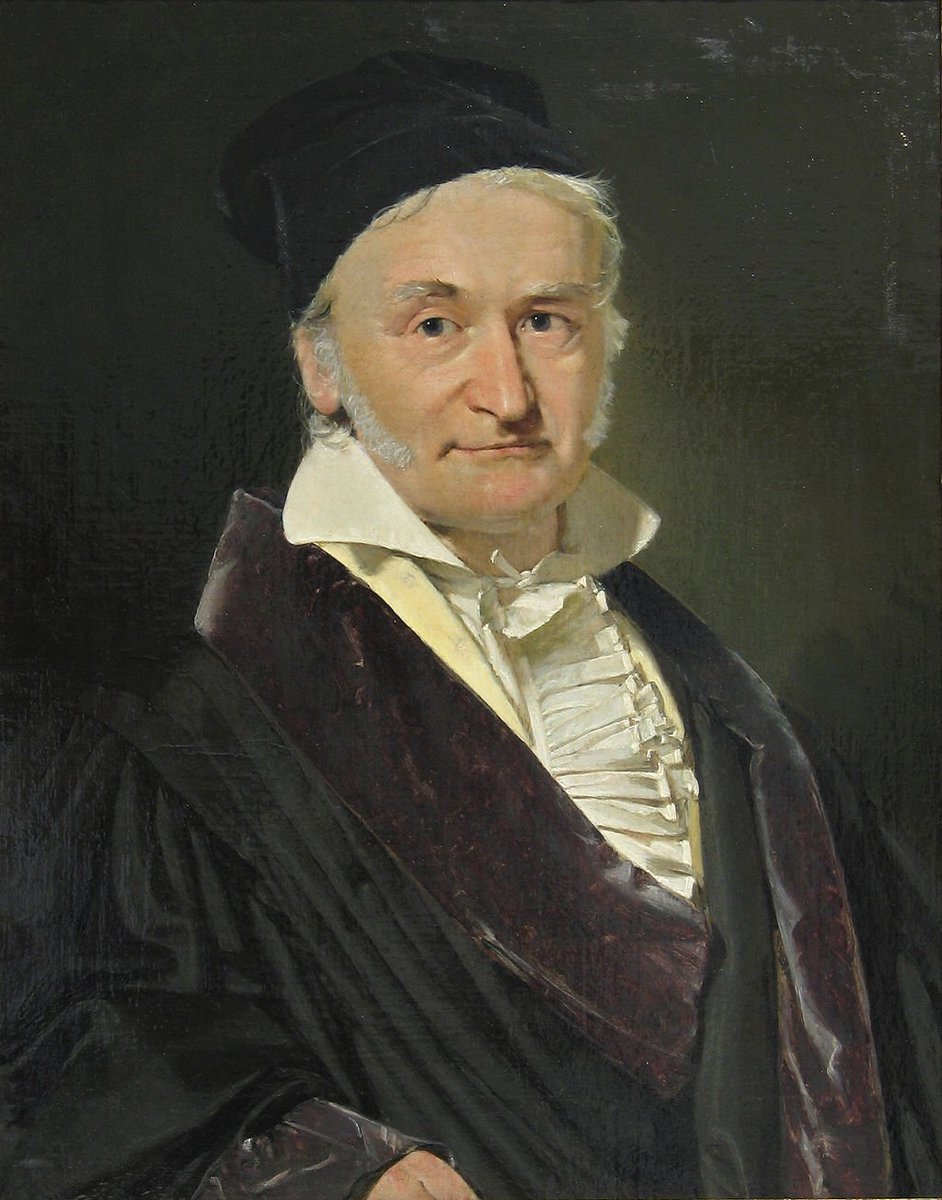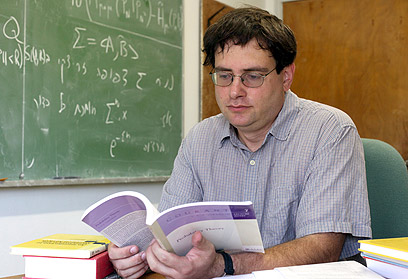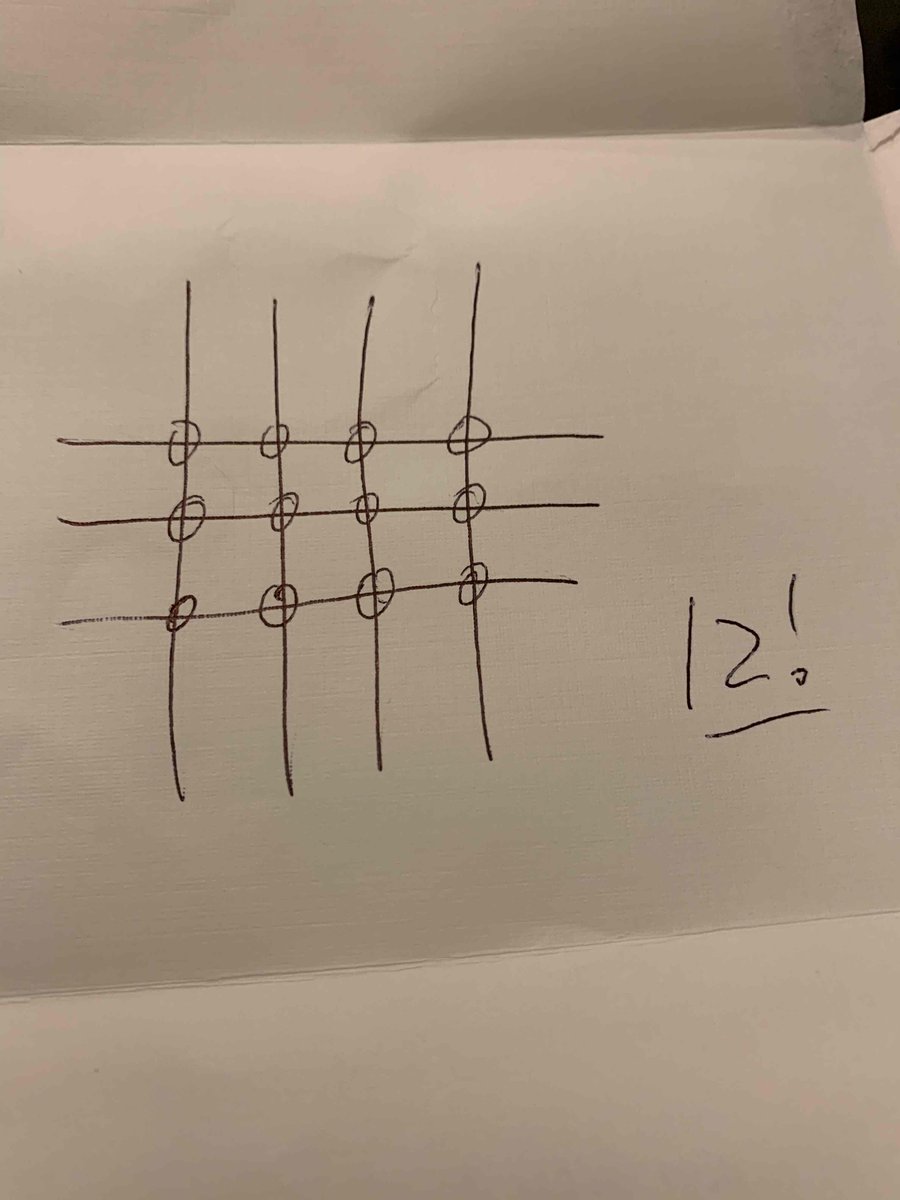
Mathematician (Distinguished Professor of #Math at @RutgersU). Here to learn about research, education, and community. Let’s build something together.
How to get URL link on X (Twitter) App



 At the turn of the millennium, some of the world’s most prominent mathematicians gathered in Tel Aviv for a conference to discuss what mathematics might look like in the 21st century. The proceedings were published as a special issue in GAFA called “Visions of Mathematics”, and I strongly recommend one read the whole issue. A particularly prescient contribution was given by Tim Gowers @wtgowers, titled “Rough Structure and Classification”.
At the turn of the millennium, some of the world’s most prominent mathematicians gathered in Tel Aviv for a conference to discuss what mathematics might look like in the 21st century. The proceedings were published as a special issue in GAFA called “Visions of Mathematics”, and I strongly recommend one read the whole issue. A particularly prescient contribution was given by Tim Gowers @wtgowers, titled “Rough Structure and Classification”.




 And even if I’m completely wrong, and LLMs are indeed capable of producing, in natural language, something that reads like a perfect math paper, how can we ever trust it? We now have to go and referee these thousands or millions of papers that it can produce and determine which,
And even if I’m completely wrong, and LLMs are indeed capable of producing, in natural language, something that reads like a perfect math paper, how can we ever trust it? We now have to go and referee these thousands or millions of papers that it can produce and determine which,

 Perhaps it’s that AI should solve the Riemann hypothesis. I see two ways this could go:
Perhaps it’s that AI should solve the Riemann hypothesis. I see two ways this could go:



 2/ how to get this shape to tile periodically. [By the way, Craig, I'd love to know more of the history predating this email -- how did he stumble onto it?]
2/ how to get this shape to tile periodically. [By the way, Craig, I'd love to know more of the history predating this email -- how did he stumble onto it?]

 2/ If you want to read the paper yourself (which all the press releases seem to not want to let you do; they want you to read the reports of their panels of "experts"- many of whom, if you actually look at the reports, say it's not a proof!...), it's here: researchgate.net/publication/32…
2/ If you want to read the paper yourself (which all the press releases seem to not want to let you do; they want you to read the reports of their panels of "experts"- many of whom, if you actually look at the reports, say it's not a proof!...), it's here: researchgate.net/publication/32…

https://twitter.com/stevenstrogatz/status/13904410773169848362/ "Algebra" should start in pre-K. "You want 6 M&Ms and I gave you 4. So 4+X=6. What is X?" What we do now is: before 6th grade, all symbols are numbers. Then out of nowhere, letters?!?
https://twitter.com/ShlomoArgamon/status/13917753521046282272/ consider timing. Sometimes they're just not in the mood, leave them alone! I also start them very early. Once they can talk, they should count (learn the words in order). Then they should really count (often with treats/dessert): "how many M&Ms"? That way math is just a part..
https://twitter.com/stevenstrogatz/status/13522315817511198732/ know of parallel lines? New 5th postulate: "Construct a perpendicular off a line, then construct another; the first and last lines don't meet". That would be much more constructive than "Suppose someone gives you two lines and a third line that crosses the two, and you measure

https://twitter.com/anton_hilado/status/1314761390947786755
 2/ you have a surface M and look at the Laplacian acting on L^2(M) (really the unit tangent bundle of M, where geodesic flow lives, but nevermind...). Each eigenfunction phi gives rise to a probability measure |phi|^2 dx, and a basic question in quantum chaos is: what happens ...
2/ you have a surface M and look at the Laplacian acting on L^2(M) (really the unit tangent bundle of M, where geodesic flow lives, but nevermind...). Each eigenfunction phi gives rise to a probability measure |phi|^2 dx, and a basic question in quantum chaos is: what happens ... 

 2/ Actually I'm not just trolling, I do have a point. People keep getting excited by "new algorithms" like this because adults, while fully capable of executing the "standard" algorithm, actually have zero understanding of *why* it works. Let's look at it together:
2/ Actually I'm not just trolling, I do have a point. People keep getting excited by "new algorithms" like this because adults, while fully capable of executing the "standard" algorithm, actually have zero understanding of *why* it works. Let's look at it together:

https://twitter.com/3blue1brown/status/12850190203793203202/ Let chi(n) = 0 if n divides D, 1 if n is a square mod D, and -1 otherwise (this is the "quadratic Dirichlet character" mod D). The first many primes are all non-squares mod D! Just like Riemann zeta, the L-function of chi

https://twitter.com/JSEllenberg/status/12490628357931253802/ Why is the Jordan normal form useful? To compute asymptotic growth rates of the Audioactive Decay sequence!
https://twitter.com/AlexKontorovich/status/1199018641439830021?s=20Nothing to look at here. Just recording these to meta-thread so I can find them later as needed. (Is there a better way?...)
https://twitter.com/AlexKontorovich/status/1227247510785314816
https://twitter.com/alexkontorovich/status/1215032974640582656
https://twitter.com/AlexKontorovich/status/1215657183829995526
https://x.com/AlexKontorovich/status/1105291206337138688?s=20
